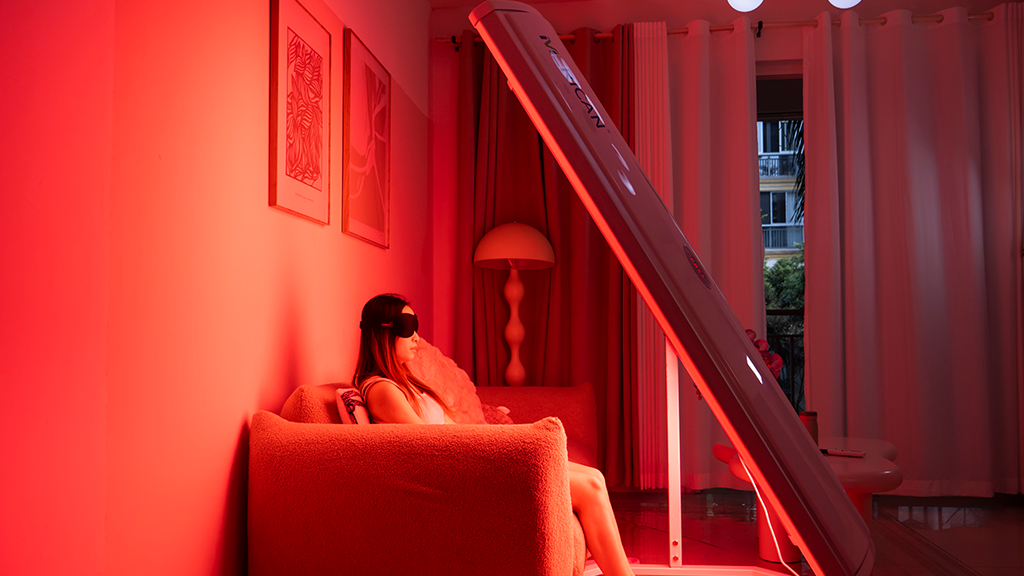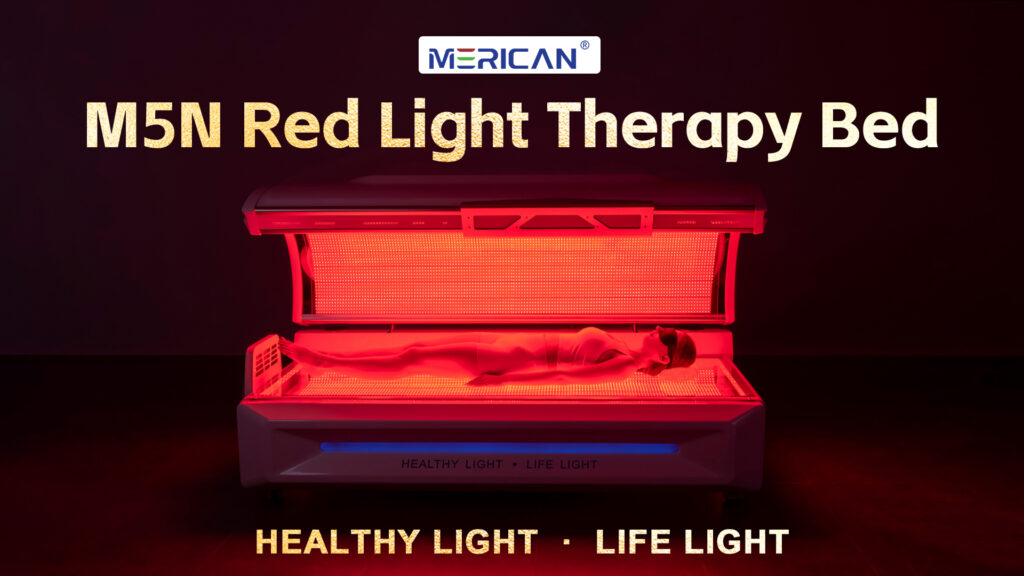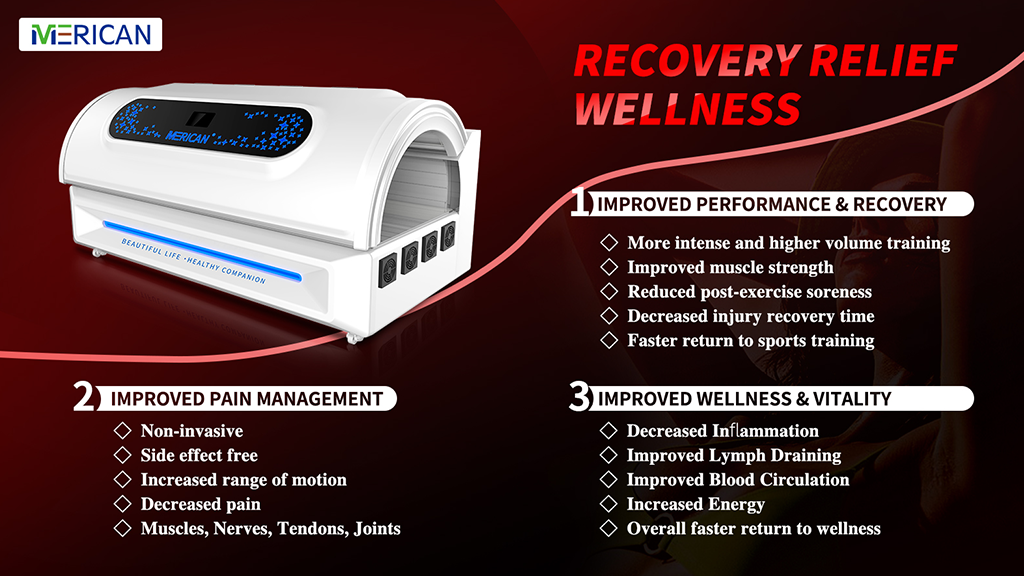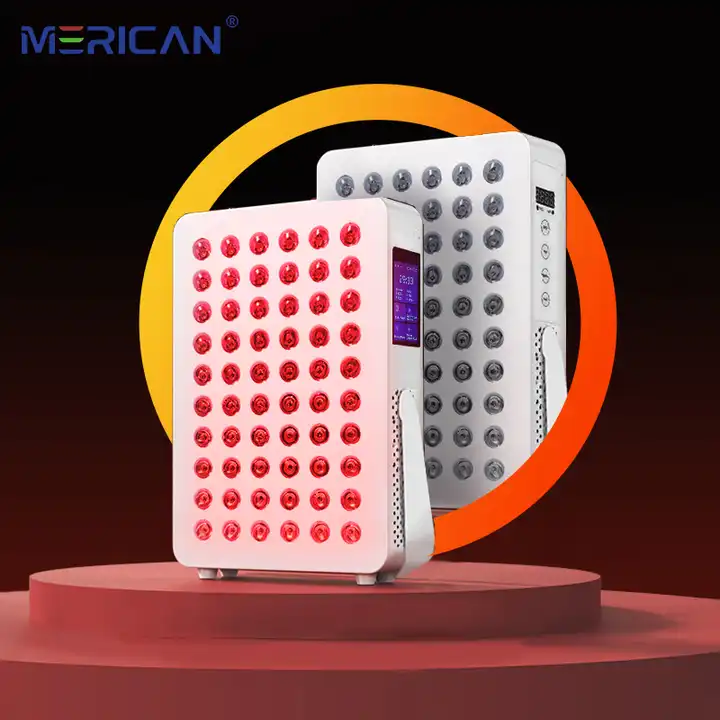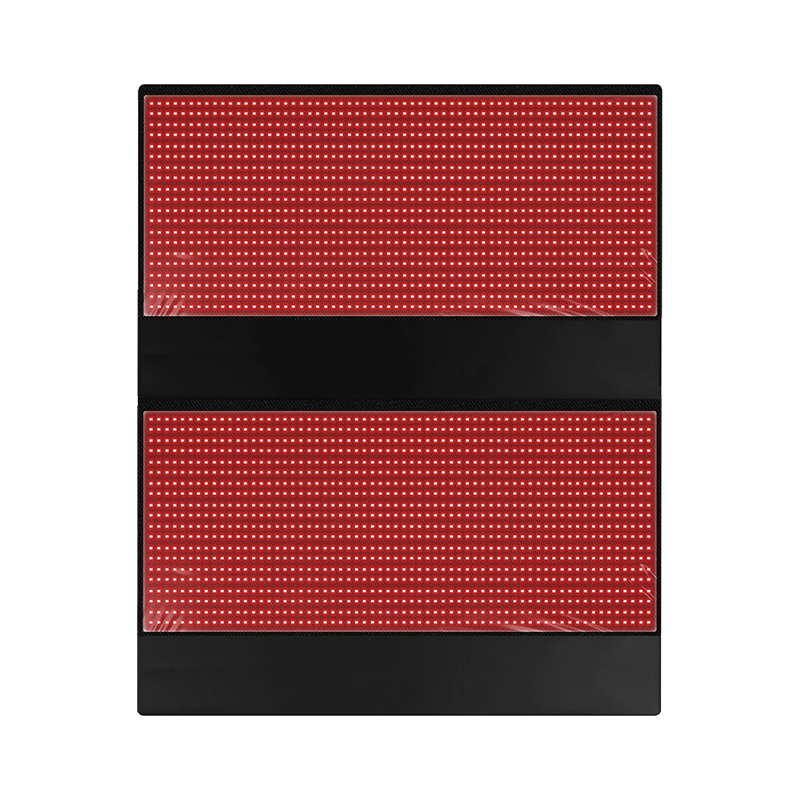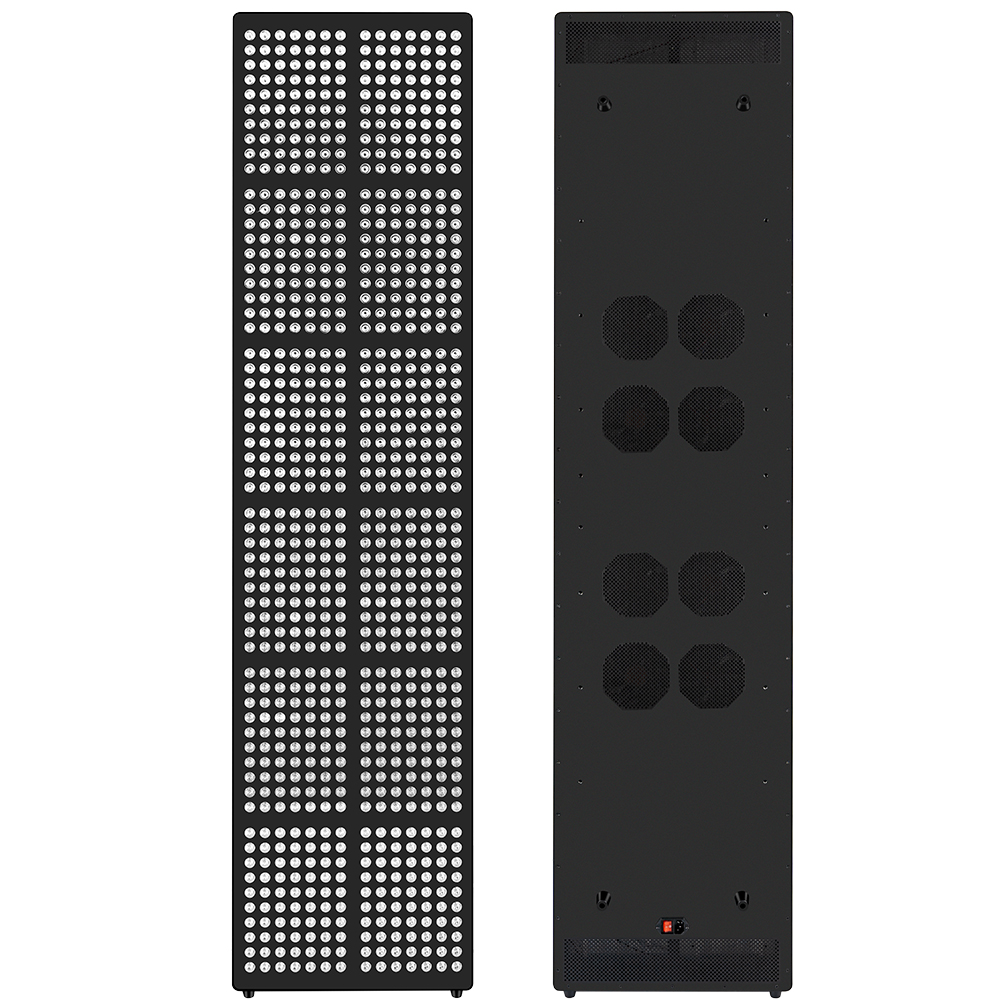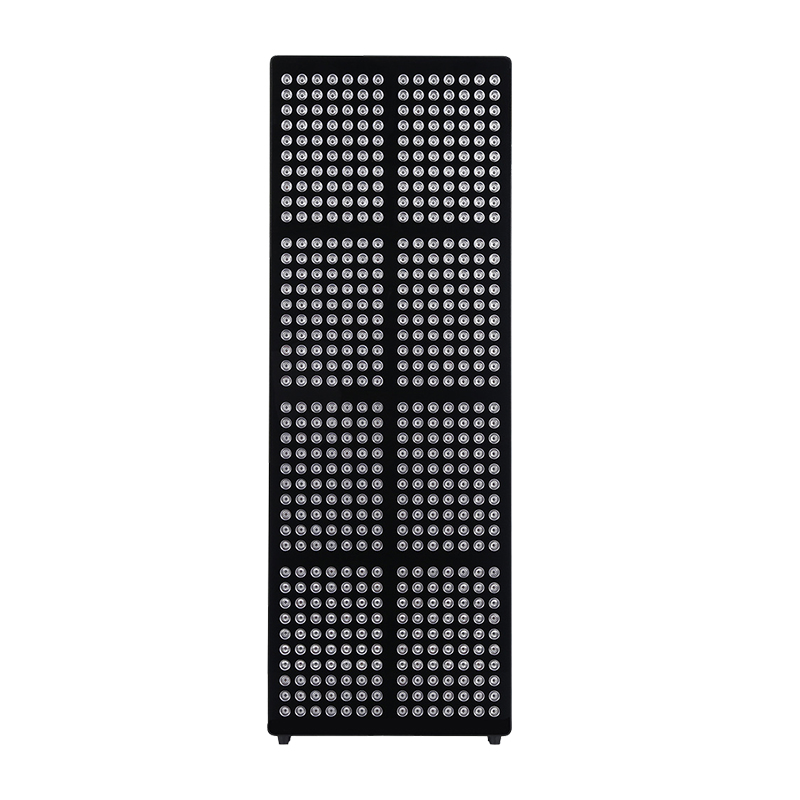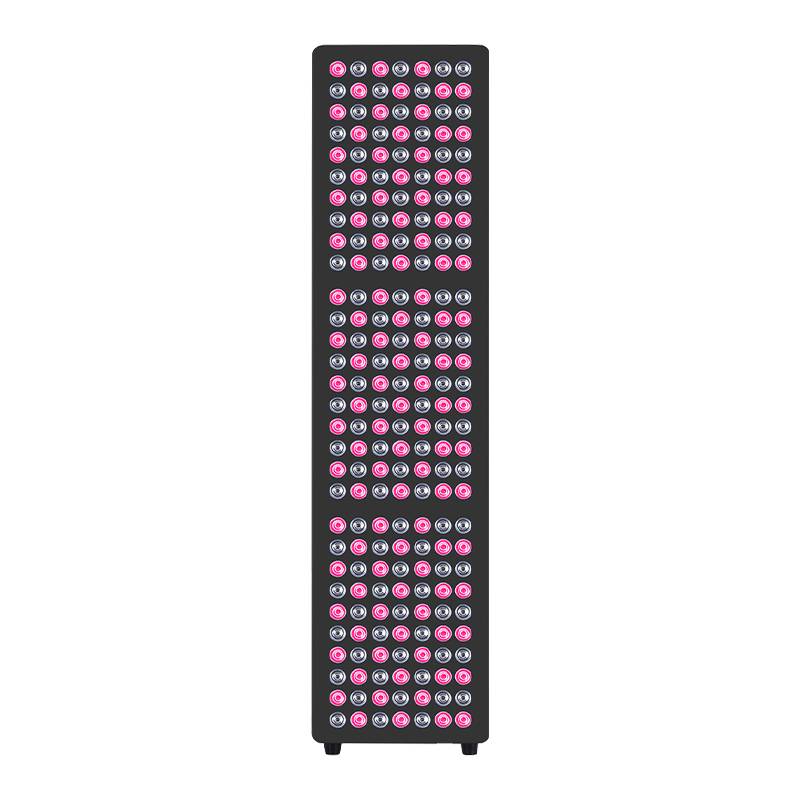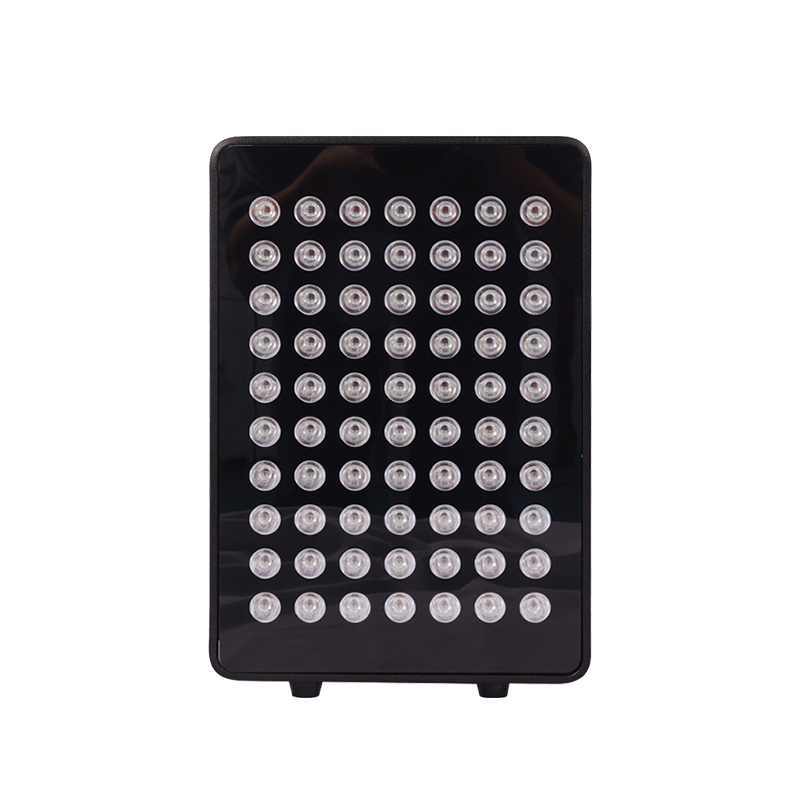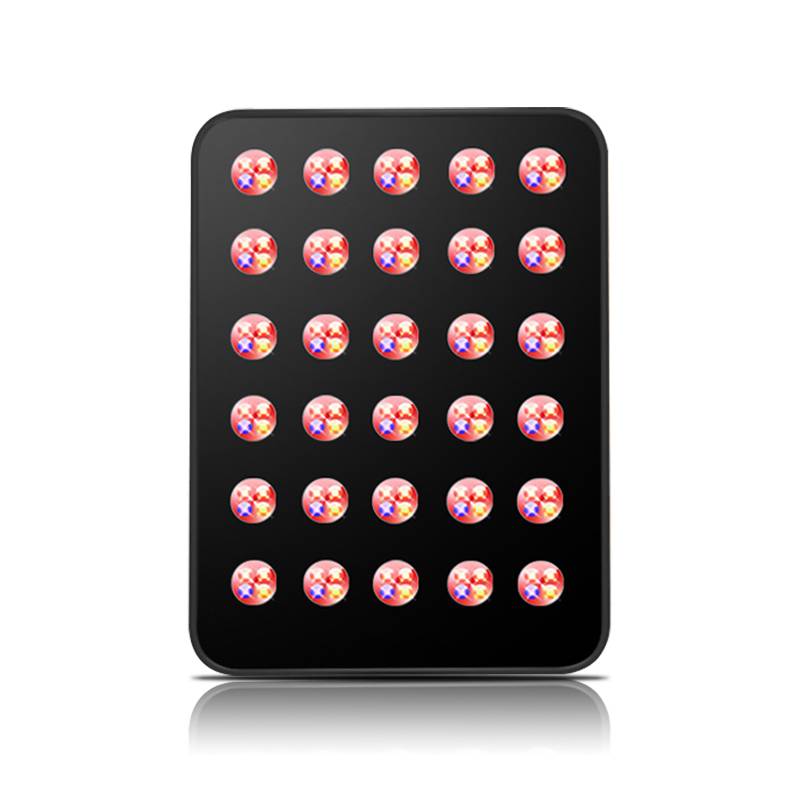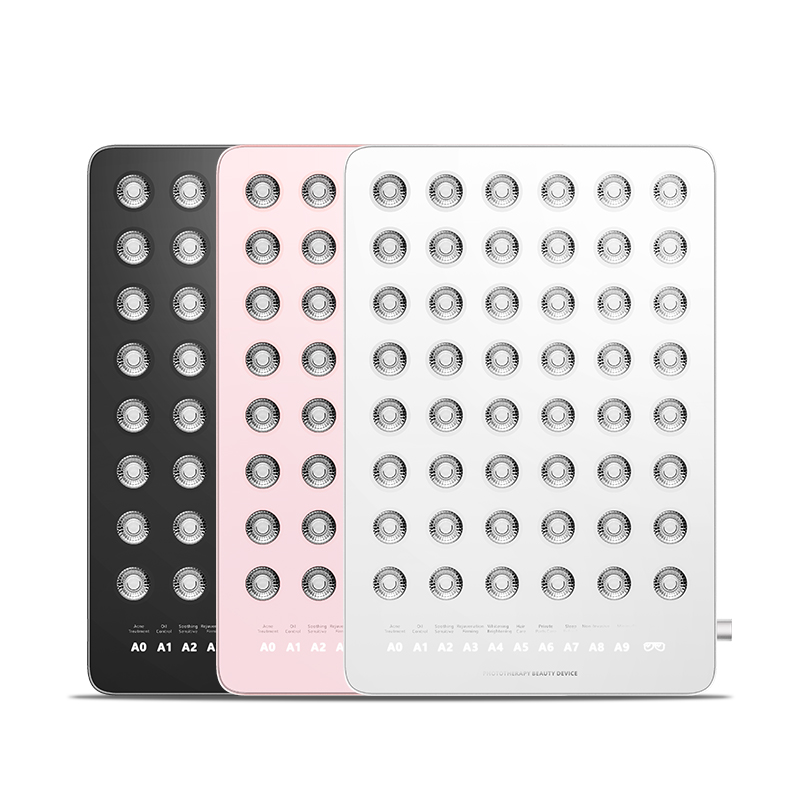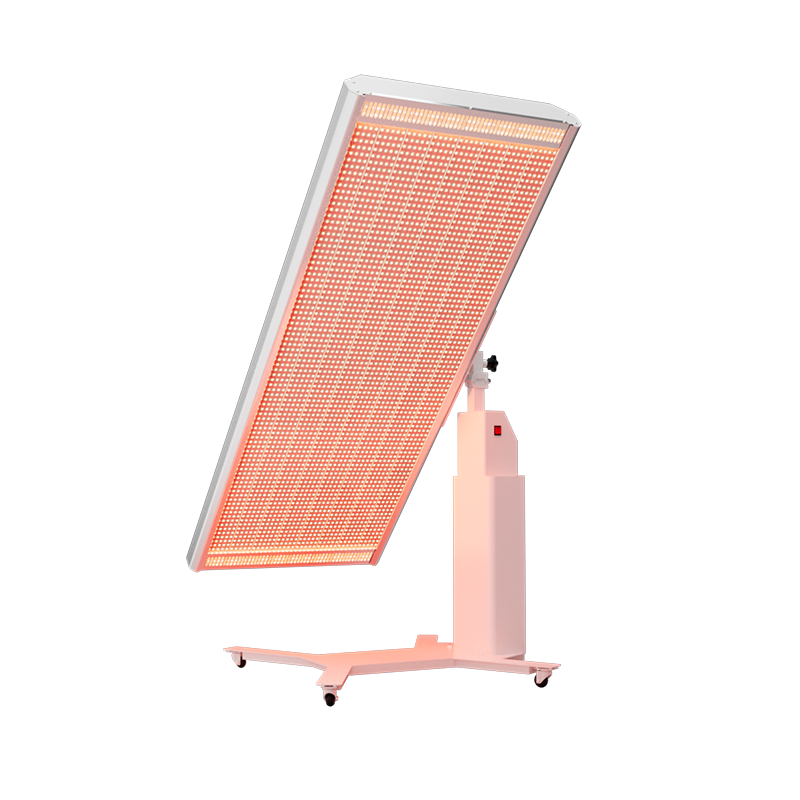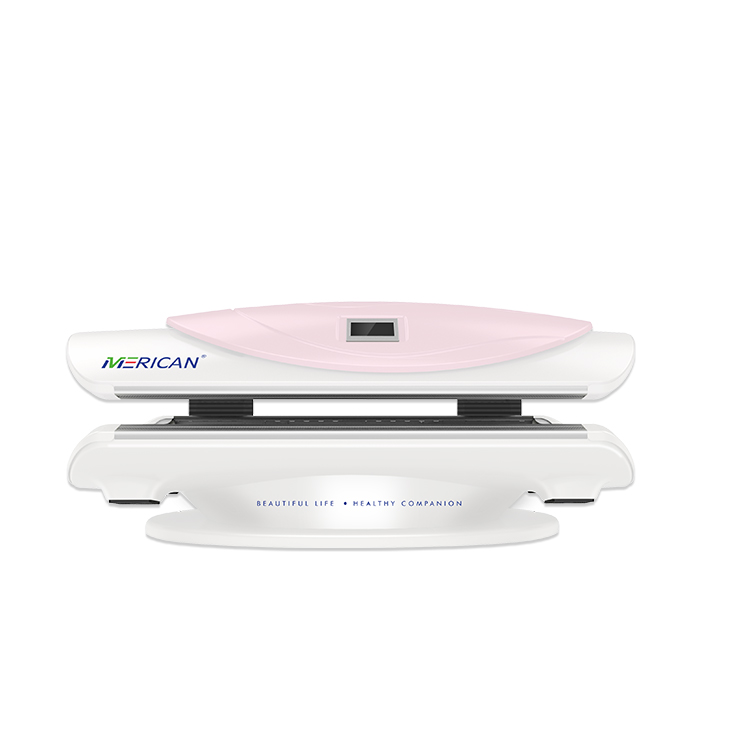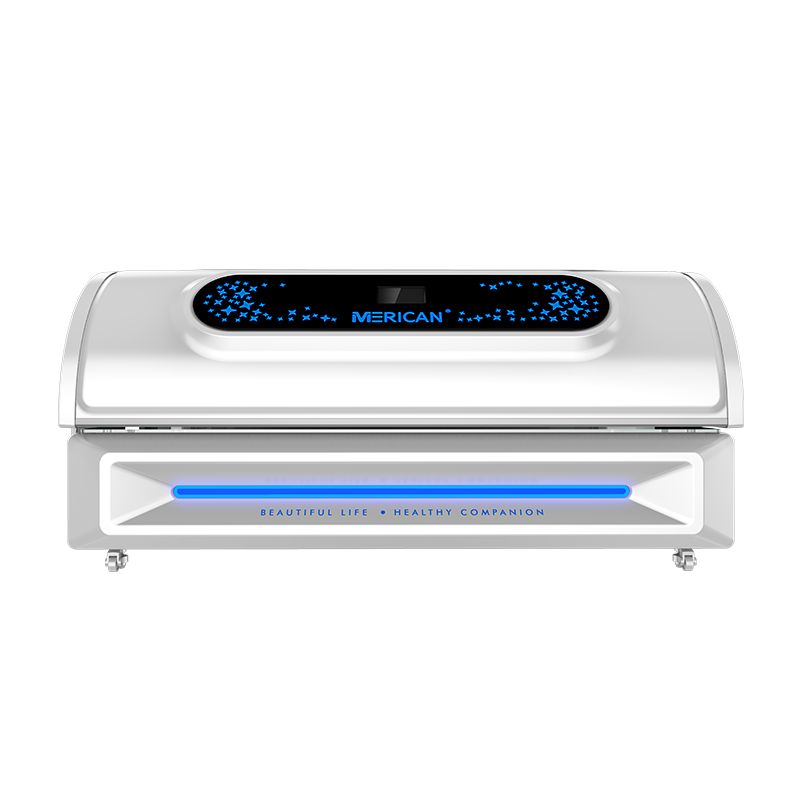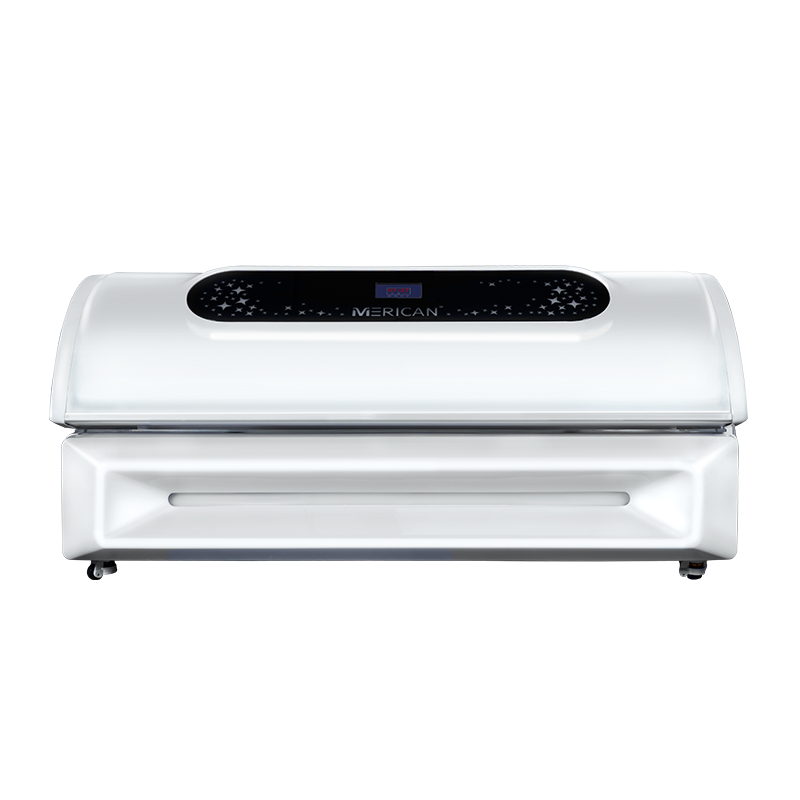Si vous avez parcouru le Web pour des moyens innovants pour stimuler votre santé, Vous avez peut-être trébuché sur le buzz entourant les lits de thérapie rouge. Ces dispositifs intrigants promettent tout, de la peau éclatante à une récupération musculaire améliorée, Tout en se baignant simplement en lumière rouge. Mais qu'est-ce qu'un lit de lumière rouge, Et est-ce vraiment à la hauteur du battage médiatique? Découvrez ce qu'est un lit de thérapie par la lumière rouge et apprenez les avantages du lit de la luminothérapie rouge.
Qu'est-ce que la thérapie par la lumière rouge?

Avant d'entrer dans les nity-gritty des lits de thérapie rouge, Il est essentiel de comprendre les bases de la thérapie rouge (RLT). Donc, qu'est-ce que c'est? En termes simples, RLT est un traitement qui utilise des longueurs d'onde de faible niveau de lumière rouge pour pénétrer votre peau. Contrairement aux rayons UV nocifs, Cette lumière ne concerne pas le bronzage mais la guérison et le rajeunissement. Initialement découvert par la NASA pour aider à cultiver des plantes dans l'espace, La thérapie par la lumière rouge a évolué au fil des ans. Il est maintenant utilisé dans divers contextes médicaux et cosmétiques, grâce à sa capacité à réparer les tissus, réduire l'inflammation, Et même stimuler la production de collagène.
Comment fonctionne la thérapie rouge?
Donc, Comment briller une lumière sur votre peau se traduit par tous ces avantages pour la santé? La magie réside dans la façon dont la lumière rouge interagit avec votre corps. Lorsque la lumière pénètre dans votre peau, il atteint vos cellules’ mitochondries, souvent appelé les puissances de la cellule. Cette lumière dynamise les mitochondries, qui à son tour produit plus d'énergie. Pensez-y comme donner à vos cellules un peu de caféine, leur permettant de travailler plus efficacement. Cette augmentation de l'énergie aide votre corps à réparer les dommages, réduire l'inflammation, et rajeunir les cellules de la peau. Essentiellement, La thérapie par la lumière rouge encourage votre corps à se guérir - refroidir, droite?
Qu'est-ce qu'un lit de thérapie rouge?
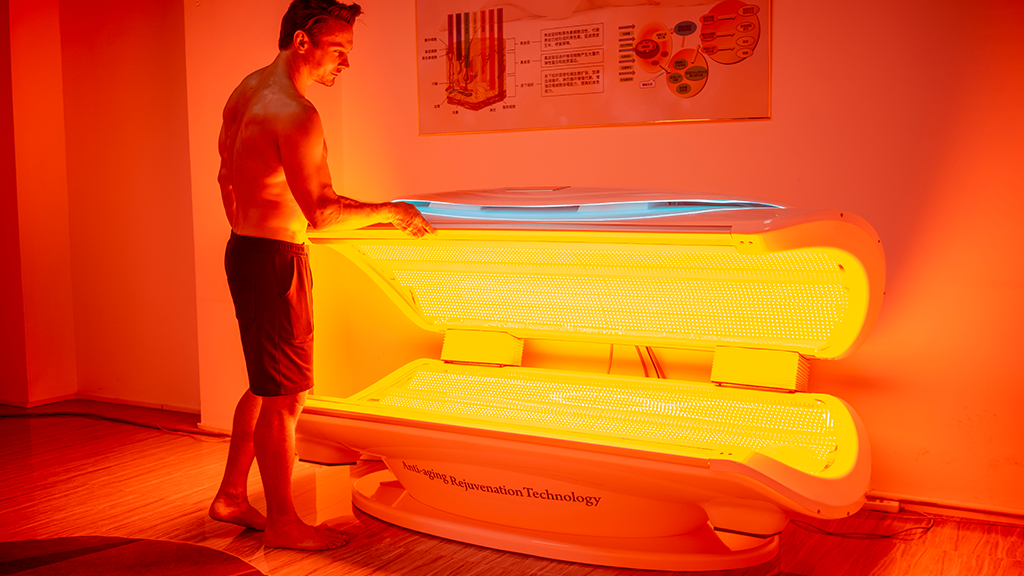
Maintenant que nous avons couvert les bases, Passons à la star du spectacle: le lit de thérapie par la lumière rouge. Donc, Qu'est-ce qu'un lit léger rouge? Imaginez un lit de bronzage, Mais au lieu de vous donner une lueur ensoleillée, Il vous baigne dans une lumière rouge guérisse. Ces lits sont conçus pour fournir une exposition complète à la thérapie rouge, rendre pratique à cibler les plus grandes zones à la fois. Que vous cherchiez à apaiser les muscles douloureux, Améliorez votre peau, Ou tout simplement donner un coup de pouce à votre bien-être général, Allonger dans un lit léger rouge peut offrir ces avantages en une seule séance.
Mécanisme du lit de thérapie rouge
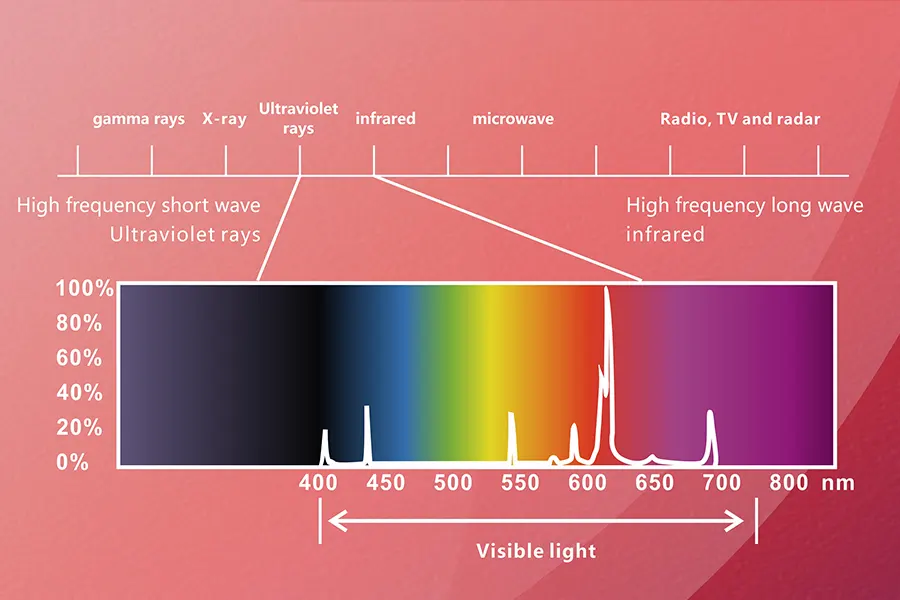
Longueurs d'onde et spectre lumineux
Toute la lumière n'est pas créée égale. L'efficacité d'un lit de lumière rouge dépend en grande partie des longueurs d'onde qu'elle émet. Typiquement, Ces lits de thérapie LED utilisent la lumière dans le 600 à 900 plage nanométrique, ce qui est optimal pour pénétrer la peau et stimuler l'activité cellulaire. Cette gamme comprend lumière rouge et proche infrarouge, Chacun offrant des avantages uniques - la lumière rouge est idéale pour les traitements au niveau de la surface comme le rajeunissement de la peau, tandis que la lumière proche infrarouge pénètre plus profondément dans les muscles et les articulations.
Comment la lumière rouge pénètre la peau?
Vous vous demandez peut-être, Comment la lumière pénètre-t-elle sur votre peau sans endommager? La réponse réside dans la nature non invasive de la lumière rouge et proche infrarouge. Contrairement aux rayons UV, qui peut brûler et endommager votre peau, la lumière rouge pénètre doucement jusqu'à quelques millimètres, ciblant les cellules sous la surface sans nuire. C'est comme profiter de la chaleur du soleil sans risque de brûler.
Impact cellulaire: Stimulation mitochondriale
Au niveau cellulaire, La luminothérapie rouge fonctionne en stimulant les mitochondries. Quand ces “centres électriques” absorber la lumière rouge, Ils deviennent plus efficaces pour produire de l'adénosine triphosphate (ATP), la monnaie énergétique de la cellule. Plus d'ATP signifie plus d'énergie pour que les cellules remplissent des fonctions vitales comme la réparation des tissus, réduire l'inflammation, et promouvoir la santé cellulaire globale.
Stimuler la production de collagène
Le collagène est la protéine qui maintient votre peau jeune et ferme, Mais à mesure que nous vieillissons, Nos corps en produisent moins. La luminothérapie rouge peut aider à inverser ce processus en stimulant les fibroblastes, les cellules responsables de la production de collagène. Des séances régulières dans un lit lumineux rouge peuvent conduire à des plus lisses, Peau plus jeune dans le temps.
Comment utiliser un lit de thérapie rouge?
À quelle fréquence utiliser RLT?
La cohérence est essentielle en ce qui concerne la thérapie rouge. Pour la plupart des gens, en utilisant le lit 2 à 3 fois par semaine, donne les meilleurs résultats. Typiquement, Les séances durent entre 10 à 20 minutes, Selon vos objectifs. Pour le rajeunissement de la peau, plus court, Sessions plus fréquentes (à propos 3 à 5 temps par semaine) sont recommandés. Pour une guérison des tissus plus profonde ou une récupération musculaire, Sessions plus longues moins fréquemment (2 à 3 temps par semaine) peut être plus efficace.
Pré- et les soins post-traitement
Pour maximiser les avantages de votre lit de thérapie rouge, il est important de suivre un préal simple- et étapes de soins post-traitement. Avant votre session, Assurez-vous que votre peau est propre et sans lotions ou huiles, Comme ceux-ci peuvent bloquer la lumière. Après votre session, Hydratez votre peau avec une crème hydratante pour verrouiller les avantages et aider votre peau à récupérer.
Combiner la thérapie rouge avec d'autres traitements
La luminothérapie rouge est polyvalente et peut être facilement combinée avec d'autres traitements. Par exemple, Vous pouvez l'utiliser aux côtés de traitements de soin topique pour améliorer leur absorption et leur efficacité. C'est aussi un excellent complément à la physiothérapie pour la récupération musculaire, aider à réduire la douleur et à accélérer la guérison.
Avantages pour la santé et le bien-être des lits de thérapie rouge
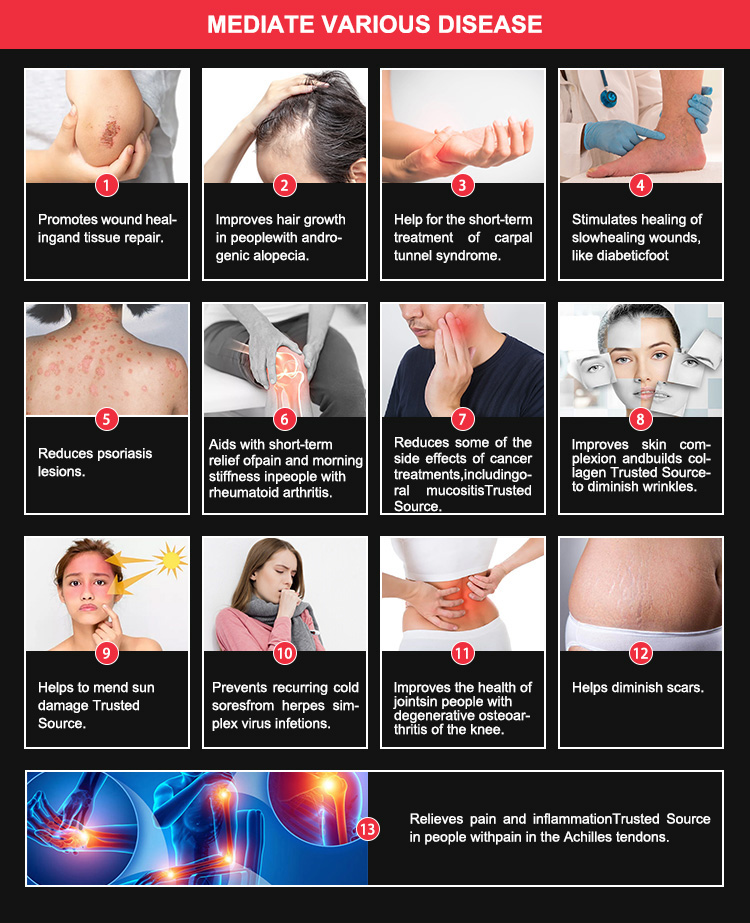
Santé de la peau et rajeunissement
Votre peau est votre plus grand organe, Et il faut un coup de l'exposition quotidienne aux éléments. Les lits de thérapie rouge peuvent vous aider à rajeunir votre peau en stimulant la production de collagène et en améliorant la circulation.
L'une des utilisations les plus populaires de la thérapie par la lumière rouge est pour ses avantages anti-âge. L'augmentation de la production de collagène aide réduire l'apparence des rides et des ridules, Donner à votre peau une plus douce, Apparence plus jeune.
Si vous avez du mal acné ou cicatrices, La luminothérapie rouge peut aider en réduisant l'inflammation et en favorisant une guérison plus rapide des tissus cutanés endommagés. C'est un naturel, moyen non invasif d'éliminer votre teint.
Soulagement de la douleur et réduction de l'inflammation
Vivre avec une douleur chronique ou une inflammation? Les lits de la luminothérapie rouge peuvent offrir un soulagement en réduisant l'inflammation au niveau cellulaire. L'augmentation de la production d'énergie dans les cellules aide votre corps à lutter contre la douleur et favorise une récupération plus rapide.
Récupération musculaire et performance sportive
Les athlètes se tournent de plus en plus en thérapie par la lumière rouge pour améliorer leurs performances et accélérer la récupération. La lumière pénètre profondément dans les tissus musculaires, aider à réduire les douleurs et à améliorer l'endurance en augmentant la circulation sanguine et en réduisant le stress oxydatif.
Soutien du système immunitaire
Votre système immunitaire est le mécanisme de défense de votre corps, Et le garder fort est crucial. Il a été démontré que la thérapie par la lumière rouge améliore la fonction immunitaire en stimulant la production de cellules immunitaires et en réduisant le stress oxydatif.
Avantages pour la santé mentale: Amélioration de l'humeur et du sommeil
Aux prises avec des sautes d'humeur ou des problèmes de sommeil? La luminothérapie rouge peut aider en régulant la production de mélatonine de votre corps, L'hormone responsable du sommeil. Les séances régulières peuvent améliorer la qualité du sommeil et stabiliser votre humeur, Vous laissant vous sentir plus équilibré et reposé.
Cas d'utilisation spécifiques pour les lits de thérapie rouge
Thérapie léger rouge pour anti-âge
Le vieillissement est inévitable, Mais la thérapie par la lumière rouge peut aider à ralentir le processus. En augmentant la production de collagène et en améliorant l'élasticité de la peau, Des séances régulières dans un lit clair rouge peuvent garder votre peau plus jeune, plus long.
Thérapie par lumière rouge pour la perte de poids
Bien que ce ne soit pas une balle magique, La luminothérapie rouge peut soutenir les efforts de perte de poids en réduisant l'inflammation et en améliorant le métabolisme. Combiné avec une alimentation saine et un exercice régulier, Cela peut vous aider à perdre ces livres tenaces.
Thérapie léger rouge pour la croissance des cheveux
Traiter des cheveux éclaircissants? La thérapie par la lumière rouge pourrait être la réponse. L'augmentation du flux sanguin vers le cuir chevelu peut stimuler les follicules pileux et favoriser une nouvelle croissance, Offrir une solution naturelle à la perte de cheveux.
Thérapie léger (Par exemple, Arthrite)
Si vous souffrez de maladies chroniques comme l'arthrite, La luminothérapie rouge peut soulager la réduction de l'inflammation et la promotion de la santé articulaire. C'est un naturel, moyen sans médicament de gérer la douleur et d'améliorer la mobilité.
Comparaison des lits de thérapie rouge à d'autres appareils RLT
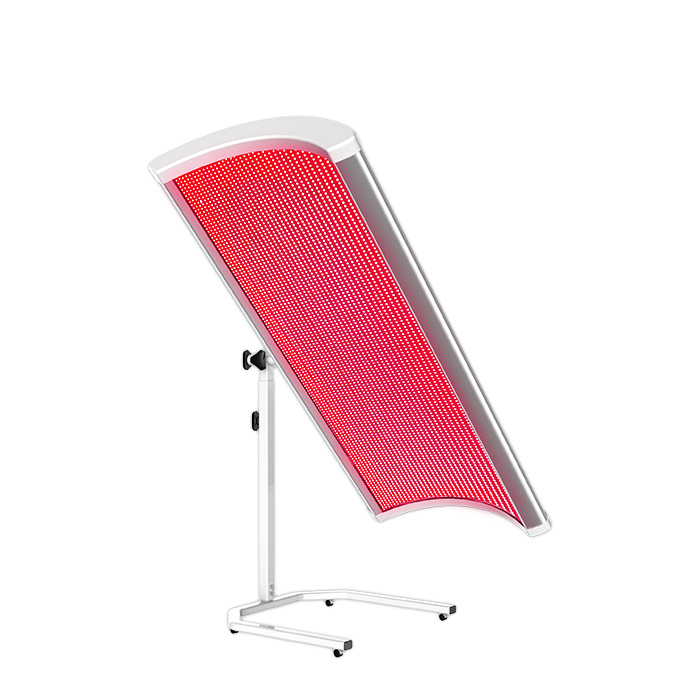
Lit de thérapie rouge vs. Dispositifs portables
Les appareils portables sont idéaux pour cibler de petites zones, Mais si vous cherchez des avantages sociaux intégraux, Un lit léger rouge est la voie à suivre. Il offre une couverture complète, Le faire idéal pour ceux qui ont des douleurs répandues ou des problèmes de peau.
Lit de thérapie rouge vs. Masques faciaux
Les masques pour le visage sont populaires pour les traitements cutanés, Mais ils ne couvrent que votre visage. Un lit de thérapie rouge, d'autre part, Fournit une exposition complète, En faire une option plus polyvalente pour ceux qui cherchent à résoudre plusieurs problèmes simultanément.
Lit de thérapie rouge vs. Panneaux
Panneaux de thérapie par la lumière rouge sont une bonne option intermédiaire, Offrir plus de couverture que les appareils portables mais moins qu'un lit complet. Cependant, Si vous voulez le traitement le plus efficace et le plus pratique, Un lit de lumière rouge est toujours le choix supérieur.
Sécurité et effets secondaires
La luminothérapie rouge est-elle sûre? L'une des meilleures choses à propos de la thérapie rouge est son profil de sécurité. C'est non invasif, n'utilise pas les rayons UV nocifs, et a un minimum d'effets secondaires. La plupart des gens peuvent l'utiliser en toute sécurité avec peu ou pas d'inconfort.
Bien que rare, Certaines personnes peuvent éprouver des effets secondaires légers comme des rougeurs temporaires ou une irritation, Surtout avec une surutilisation. C'est toujours une bonne idée de commencer par des séances plus courtes et d'augmenter progressivement la durée lorsque votre corps s'adapte.
Qui devrait éviter la thérapie rouge? Bien que généralement sûr, La thérapie par la lumière rouge n'est pas pour tout le monde. Femmes enceintes, personnes atteintes de certaines conditions médicales, ou ceux qui prennent des médicaments sur photosensibilisation devraient consulter un fournisseur de soins de santé avant de commencer le traitement.
Facteurs à considérer lors de l'achat d'un lit de thérapie rouge
Fabricant ou réputation de marque
Lors de l'achat de lits de thérapie rouge à vendre, Tous les produits du marché ne sont pas créés égaux. La réputation du fabricant joue un rôle crucial pour vous assurer de recevoir une qualité de haute qualité, appareil fiable. Les marques établies avec des antécédents solides sont plus susceptibles d'investir dans la recherche et le développement, conduisant à des produits plus efficaces et plus sûrs. En plus, Un fabricant de lit de thérapie rouge réputée est souvent synonyme d'un excellent service client, Ce qui peut être inestimable si vous rencontrez des problèmes ou si vous avez des questions après votre achat.
Longueur d'onde de la lumière
L'efficacité de la thérapie par la lumière rouge dépend fortement des longueurs d'onde de la lumière émises par le lit. Il est essentiel de sélectionner un appareil qui fonctionne dans la plage de longueur d'onde optimale, généralement entre 600 et 900 nanomètres. Cette gamme est scientifiquement prouvée pour pénétrer efficacement la peau, atteindre profondément les tissus pour stimuler les processus cellulaires qui contribuent à la guérison, rajeunissement, et soulagement de la douleur. Différentes longueurs d'onde ciblent différentes profondeurs et types de tissus, Donc, avoir un lit qui couvre ce spectre assure un traitement plus complet.
Intensité lumineuse (Irradiance)
Intensité légère, ou irradiance, est un facteur clé pour déterminer l'efficacité de la thérapie rouge. Des niveaux d'irradiance plus élevés signifient que la lumière peut pénétrer plus profondément dans la peau, améliorer sa capacité à atteindre et à dynamiser les mitochondries dans vos cellules. Cette pénétration plus profonde se traduit par des traitements plus efficaces, Potentiellement réduire le temps requis par session et le nombre de sessions nécessaires pour obtenir les résultats souhaités. Il est important de sélectionner un lit de luminothérapie rouge qui offre une puissance adéquate pour correspondre à vos objectifs de traitement, s'ils impliquent un rajeunissement de la peau, gestion de la douleur, ou récupération musculaire.
Zone de traitement
Lorsque vous décidez d'un lit de thérapie rouge, La taille de la zone de traitement est une considération critique. Si votre objectif est de traiter tout votre corps, Un lit de lumière rouge du corps offrira la couverture la plus complète, permettre un traitement plus uniforme et efficace. Cependant, Les lits intégraux nécessitent plus d'espace et peuvent être un investissement plus important par rapport aux petits appareils qui ciblent des zones spécifiques. D'autre part, Si vous avez seulement besoin de répondre aux préoccupations localisées, comme des douleurs articulaires ou un rajeunissement de la peau du visage, Un appareil plus petit pourrait être plus pratique et rentable.
Construire la qualité et la durabilité
L'achat d'un lit de thérapie rouge est un investissement important, Il est donc crucial de choisir un appareil conçu pour durer. Des matériaux de haute qualité et une construction robuste sont essentiels pour assurer la longévité du lit, surtout s'il sera utilisé fréquemment. Un lit bien construit devrait être en mesure de résister à une utilisation régulière sans compromettre les performances ou la sécurité. En plus, Un appareil durable réduit la probabilité de dysfonctionnement ou le besoin de réparations, vous économiser de l'argent et des tracas à long terme.
Coût et accessibilité
Tandis que le prix d'un lit de thérapie rouge est un facteur important, Il est tout aussi important de considérer la valeur qu'il offre. Ces lits peuvent être un investissement important, Mais ils sont également un investissement dans votre santé et votre bien-être à long terme. Équilibrer votre budget avec les fonctionnalités et les avantages offerts par différents modèles est essentiel pour effectuer un achat judicieux. Ne regardez pas seulement le coût initial - considérez la durabilité du lit, efficacité, et la qualité du support client fourni par le fabricant. Il vaut souvent la peine de payer un peu plus pour un produit qui offre de meilleures performances et longévité, Finalement, fournir plus de valeur au fil du temps.
Conclusion
Les lits de thérapie rouge sont un excitant, moyen soutenu par la science pour améliorer votre santé et votre bien-être du confort de votre maison. Que vous cherchiez à rajeunir votre peau, soulager la douleur, ou augmenter votre système immunitaire, Ces appareils innovants offrent une multitude d'avantages. Comme pour tout outil de bien-être, Il est important de faire vos recherches et de choisir un produit qui convient à vos besoins et à votre style de vie. Donc, Êtes-vous prêt à essayer la thérapie par la lumière rouge? L'avenir de votre santé pourrait être à une session.
FAQ sur lit de thérapie rouge
1. Combien de temps faut-il pour voir les résultats d'un lit de thérapie rouge?
La plupart des gens commencent à voir des résultats dans quelques semaines suivant une utilisation cohérente, bien que cela puisse varier en fonction de la condition spécifique traitée.
2. Puis-je utiliser un lit de thérapie rouge tous les jours?
Bien qu'il soit généralement sûr d'utiliser régulièrement un lit de thérapie rouge, L'utilisation quotidienne peut ne pas être nécessaire. La plupart des experts recommandent 2 à 3 Sessions par semaine pour des résultats optimaux.
3. La luminothérapie est douloureuse?
Non, La thérapie rouge est indolore et non invasive. Vous pourriez ressentir une douce chaleur pendant la session, Mais c'est généralement très relaxant.
4. Dois-je porter des lunettes de protection pendant les lévères rougesy?
Oui, C'est une bonne idée de porter des lunettes de protection pour protéger vos yeux de la lumière intense, surtout pendant les séances plus longues.
5. Les lits de thérapie rouge sont-ils sûrs pour tous les types de peau?
Oui, La luminothérapie rouge est sûre pour tous les types de peau, Mais c'est toujours sage de commencer par des séances plus courtes pour voir comment votre peau réagit.


